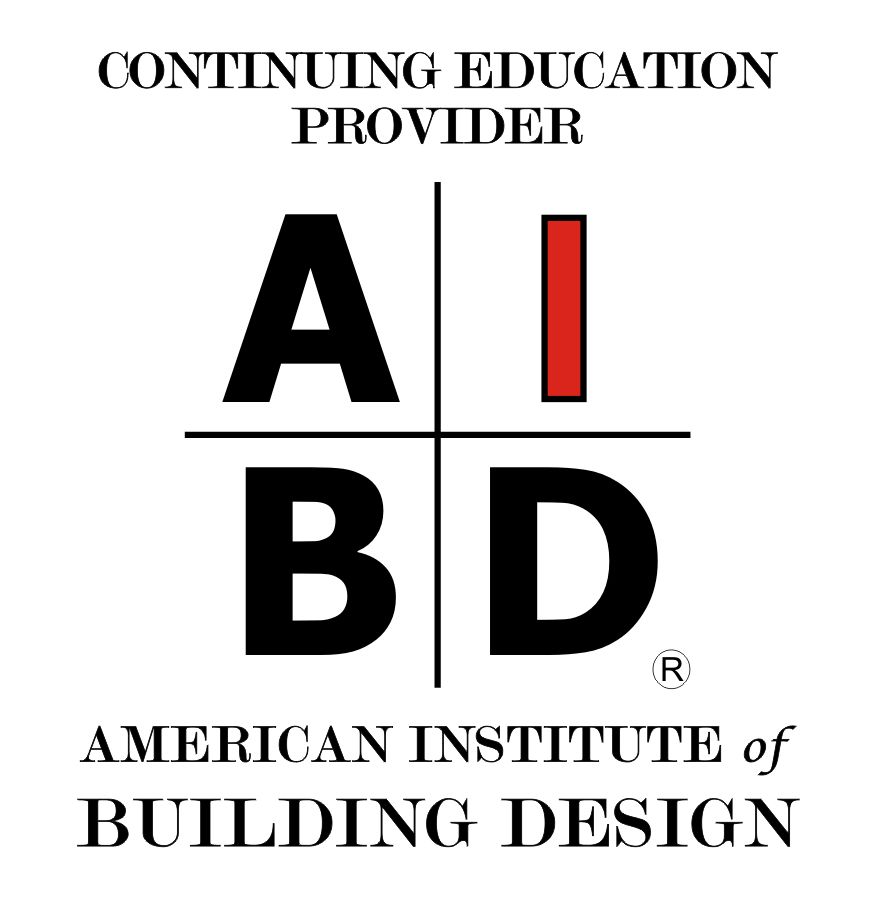Credits: 1 AIA LU/HSW; 1 AIBD P-CE; 0.1 ICC CEU; 0.1 IACET CEU; 1 IDCEC CEU/HSW; 1 GBCI CE Hour
May qualify for learning hours through most Canadian architectural associations
Integrating biophilic elements into design is crucial for today’s built environments, especially considering the pandemic's emphasis on occupant well-being. Beyond trends like natural lighting and materials, incorporating art plays a vital role in fostering positive human experiences in offices, healthcare facilities, schools, and retail spaces.
This presentation explores how art can enhance health, wellness, and productivity, and provides specific guidelines and requirements for specifying artwork, photography, and imagery for interior finish products. By understanding these requirements, specifiers will be better equipped to select and implement art effectively, ensuring it aligns with design goals and promotes occupant well-being.
Learning Objectives:
- Discover biophilia and neuroaesthetics, and how using natural elements and art in design can improve health, well-being, and performance.
- Recognize the Role of Art in Enhancing Well-being. Explore how various art styles and movements—along with their unique characteristics and historical significance—can be integrated into interior spaces to positively impact mental and emotional health.
- Equip Specifiers with Practical Tips for Art Implementation. Provide specifiers with insights to make informed decisions about art selection and implementation, ensuring that it aligns with design goals, enhances occupant satisfaction, and supports a biophilic design approach.
- Apply Art Guidelines and Specifications. Recognize specific requirements for incorporating art, including sizing, print capabilities, and finish and material options to ensure that art is effectively integrated into the design and meets the practical needs of the space.
Sponsored by:




